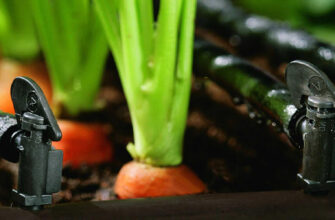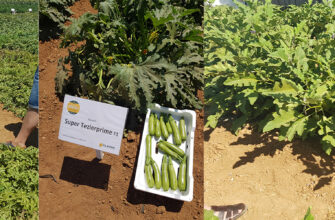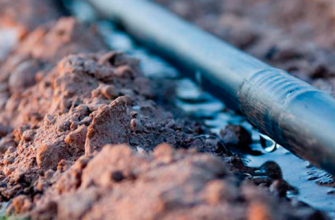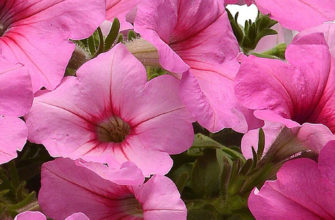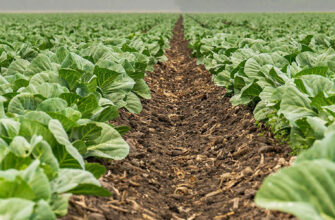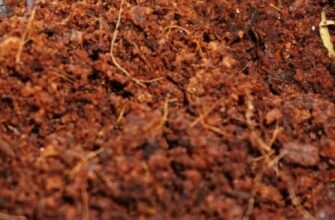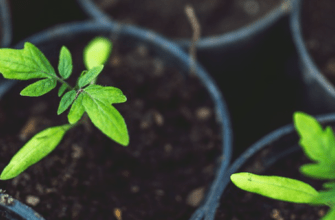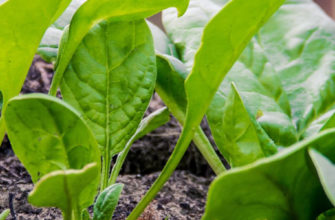An irrigation hose is a universal item that should be present in every home, cottage, or garden. It can be used not only to water plants, but also to fill an outdoor shower tank, a pool, wash a car, carpet, etc.
A wide range of irrigation hoses is available on the market. They differ in manufacturing technology, functionality, and the materials they are made of. Let’s take a closer look at the types of irrigation hoses and their pros and cons for different applications.
- Types of Hoses by Manufacturing Material
- Rubber Hoses
- Plastic Hoses
- PVC Hoses
- Silicone Hoses
- Nylon Hoses
- Thermoplastic Elastomer (TPE) Hoses
- Types of Hoses by Production Method
- Single-Layer Hoses
- Multi-Layer Hoses
- Reinforced Hoses
- Spiral Hoses
- Expandable Hoses
- Corrugated Hoses
- Drip Hoses
- Sprinkler Hoses
- Flat Hoses or Lay-flat
- Tips for Choosing a Hose
Types of Hoses by Manufacturing Material
Rubber Hoses
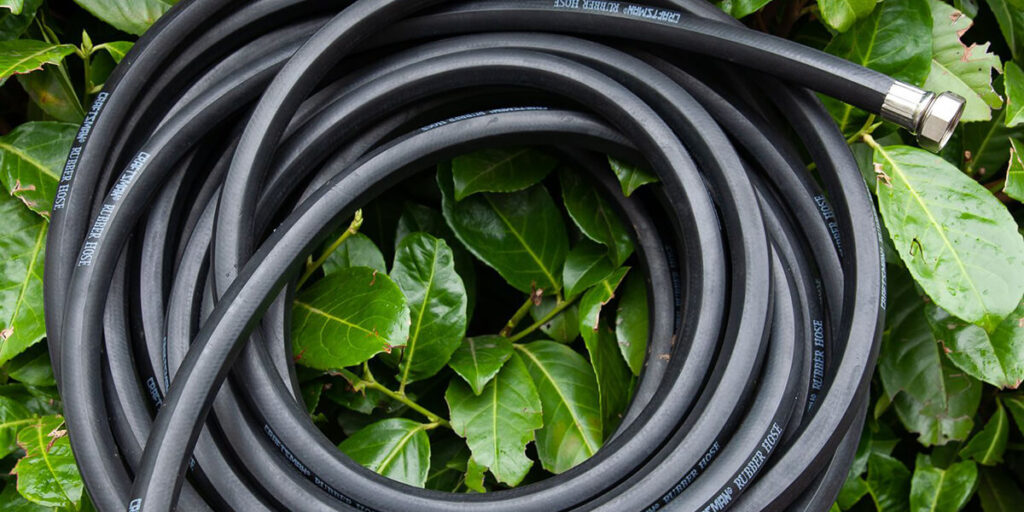
Rubber hoses are a type of hose made from reinforced rubber. They are suitable for both automated and manual irrigation. They are also frequently used in factory workshops and at car washes. Rubber hoses are less prone to deformation, kinks, and can withstand low temperatures.
They can handle water pressure up to 8 atmospheres. The average service life of such a hose is around 10 years. It can be used and stored in a temperature range from -30 to +90°C.
If the hose is intended for drinking water, it’s important to clarify whether this type of rubber is suitable for such use. The only downside of this hose is that it is very bulky and heavy, so it needs to be laid out carefully to avoid damaging nearby plants.
Plastic Hoses
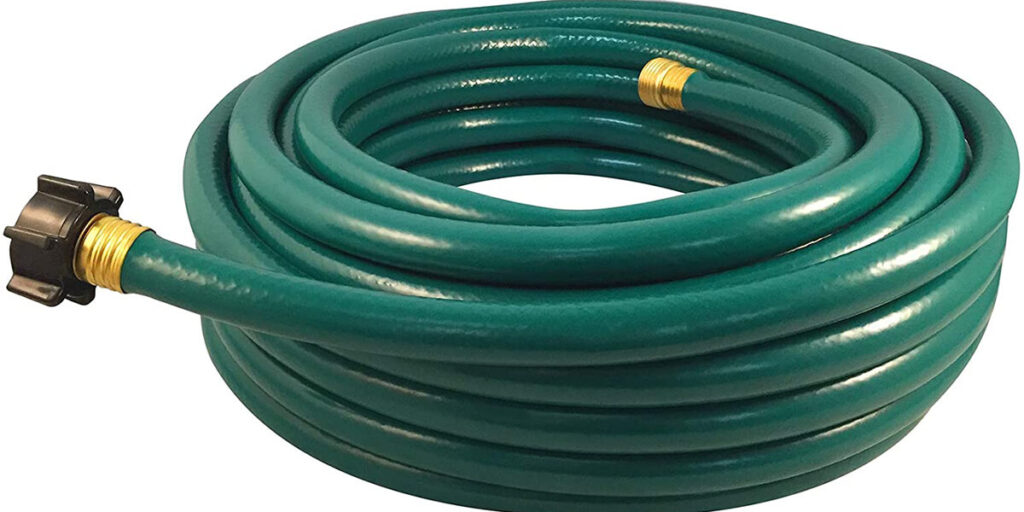
Plastic hoses are distinguished by their light weight but are not suitable for irrigation. They are used as connectors for other irrigation tubes. Their surface can be corrugated or smooth and come in various thicknesses.
The disadvantages of such hoses include a short service life due to low wear resistance, brittleness under low temperatures, and the formation of cracks and kinks.
PVC Hoses
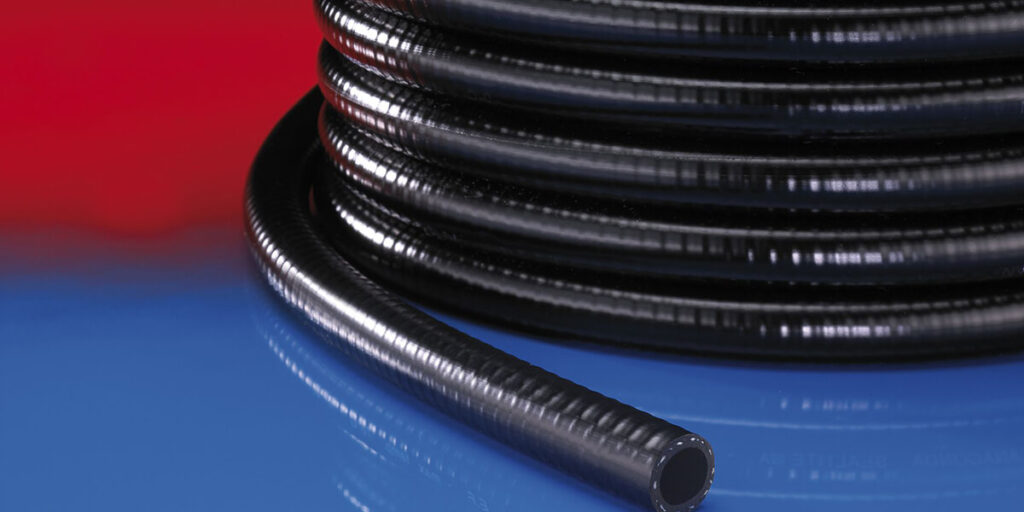
Polyvinyl chloride (PVC) hose is the most popular type of hose, made from several layers of different materials, including reinforcement. It is used for irrigating crops in greenhouses, gardens, and vegetable patches, as well as for washing yards and cars.
These hoses are lightweight, resistant to external factors, and bend-resistant. They are environmentally safe for humans and animals.
This type of irrigation hose can withstand water pressure from 1 to 40 bar. A non-reinforced hose can be used in a temperature range from 0 to +40°C, while a reinforced one – from -25 to +60°C. Depending on the quality, it can function from 5 to 35 years.
With prolonged use, bends may form, though not as quickly as on plastic hoses.
Silicone Hoses
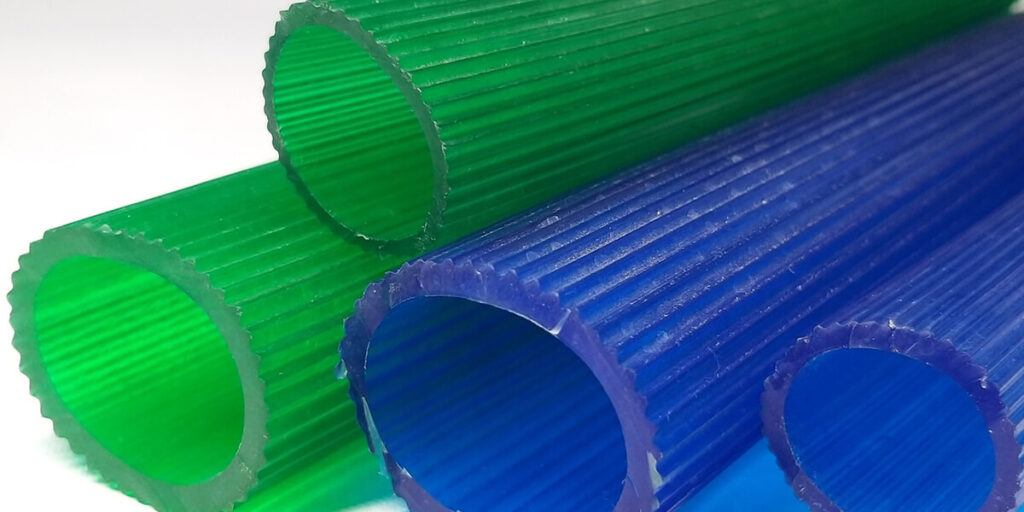
These are lightweight and flexible hoses that are not prone to kinking. They handle working pressure up to 5 bar and withstand temperatures from -20 to +40°C.
Silicone hoses do not hold up well under water pressure above 3 atmospheres. Therefore, they are mainly used for furrow irrigation in vegetable gardens or watering trees and shrubs in basins.
With pressure fluctuations, the hoses may swell and rupture at the connection points. They also degrade under UV exposure. Sprayers and sprinkler systems should not be connected to silicone hoses.
Nylon Hoses
Nylon hoses are similar in quality to silicone ones. They are flexible, durable, and lightweight. However, they are not very practical, as they withstand pressure only up to 3 bar and deform with sudden temperature changes. Their service life lasts no more than 2 years.
Thermoplastic Elastomer (TPE) Hoses
TPE hoses are known for their lightness and durability. They resist twisting and bending well, as well as tolerate both high and low temperatures (from -30 to +90°C) and chemically active substances. Thermoplastic elastomer hoses can withstand water pressure up to 8 atmospheres and last for more than 15 years.
The inner layer of the hose is made from a special thermoplastic elastomer that meets environmental standards, making it suitable for transporting drinking water, watering plants, and other uses around the house or garden.
Types of Hoses by Production Method
Single-Layer Hoses
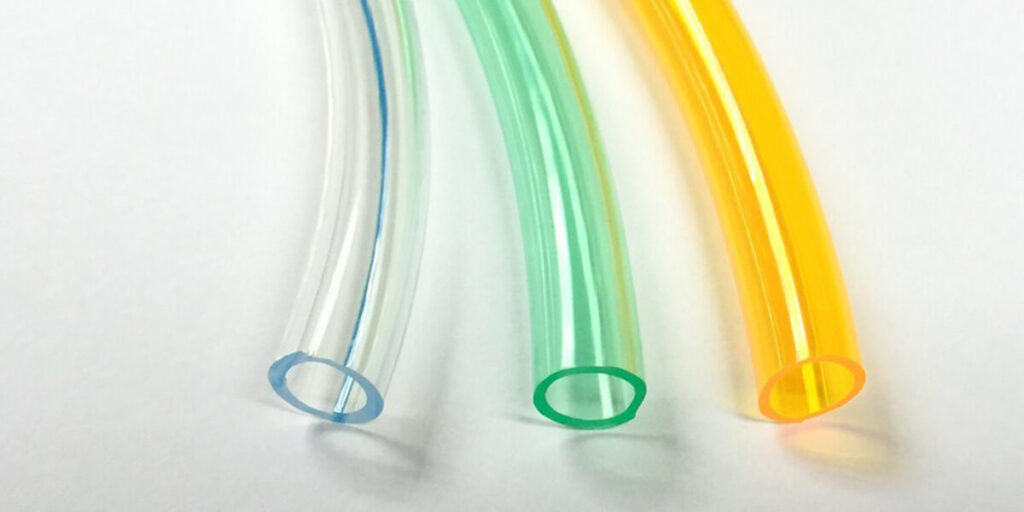
These are the most budget-friendly hoses intended for temporary use. They are lightweight and simple, but they have many disadvantages, such as low resistance to deformation, bending, and high water pressure. As a result, these hoses have the shortest service life.
Multi-Layer Hoses
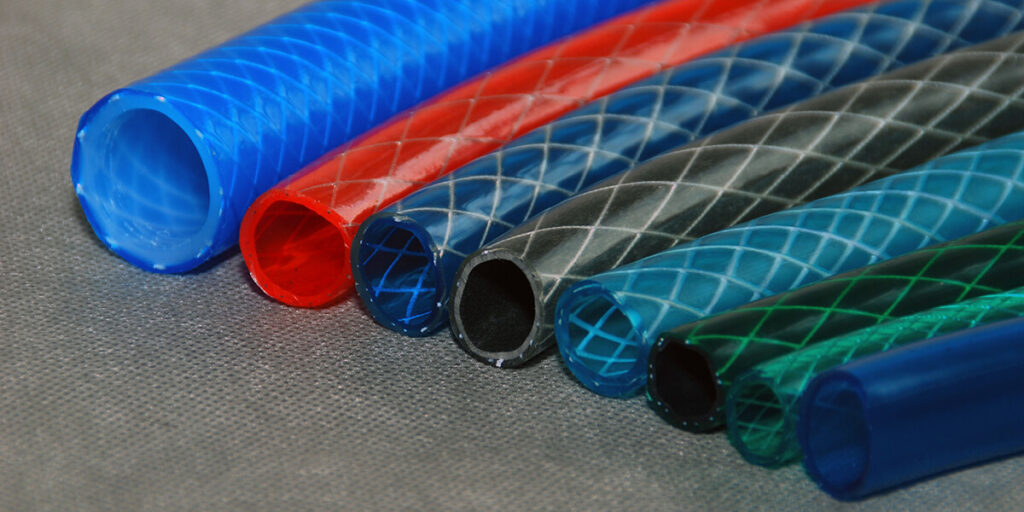
These types of hoses are mainly made from PVC and can consist of 2, 3, 4, 5, or even 6 layers, including a reinforcing layer. They are known for their durability, flexibility, resistance to intense sunlight, and temperature fluctuations.
The inner surface of these hoses has a smooth texture, which ensures good water flow. Additionally, since the hoses are colored dark, mold does not develop inside them.
Reinforced Hoses
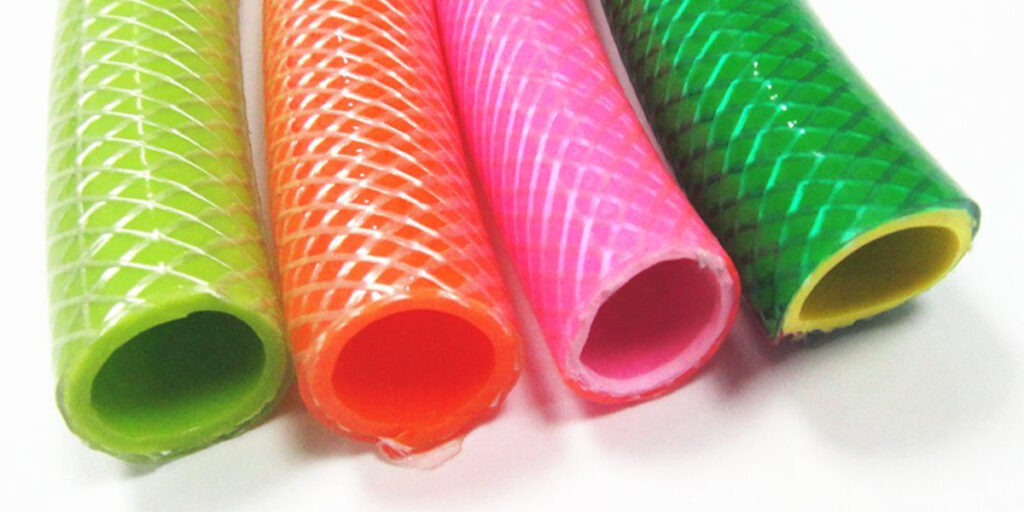
During production, a mesh layer made of steel or polymer threads is applied to a PVC tube. The smaller the mesh cells, the stronger the hose.
Reinforcement can be single-layer or double-layer, which increases the wear resistance and durability of the hoses.
Spiral Hoses
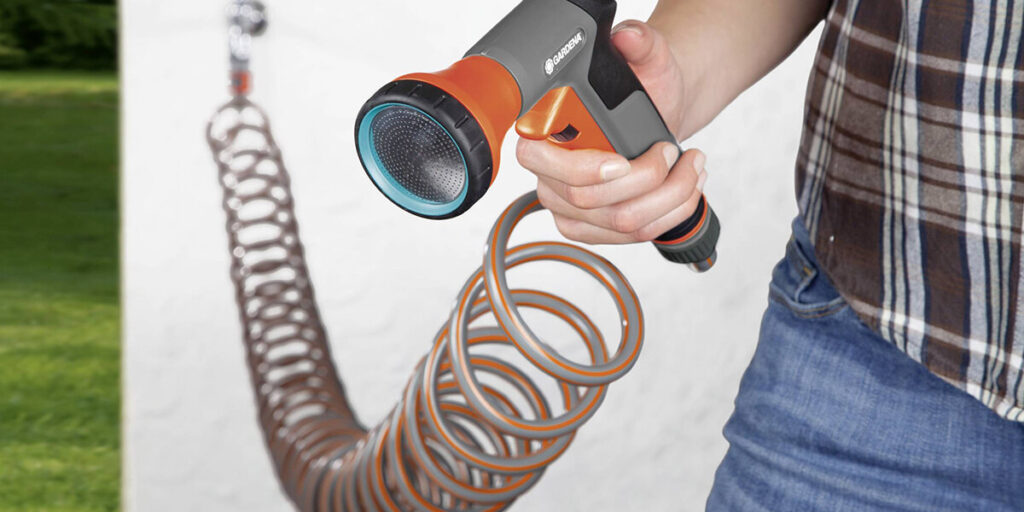
This type of hose is coiled like a spring. They stretch evenly over an area, do not twist, and do not create unnecessary bends or folds. They are usually sold with removable connectors for quick attachment to water sources or a special spray gun.
Another advantage of spiral hoses is that they are very compact when folded. However, due to their unusual shape, these hoses have a maximum diameter of 10 mm, making them unsuitable for use under high water pressure. Spiral hoses are used for watering gardens, summer cottages, flower beds, plants on terraces, etc.
Expandable Hoses
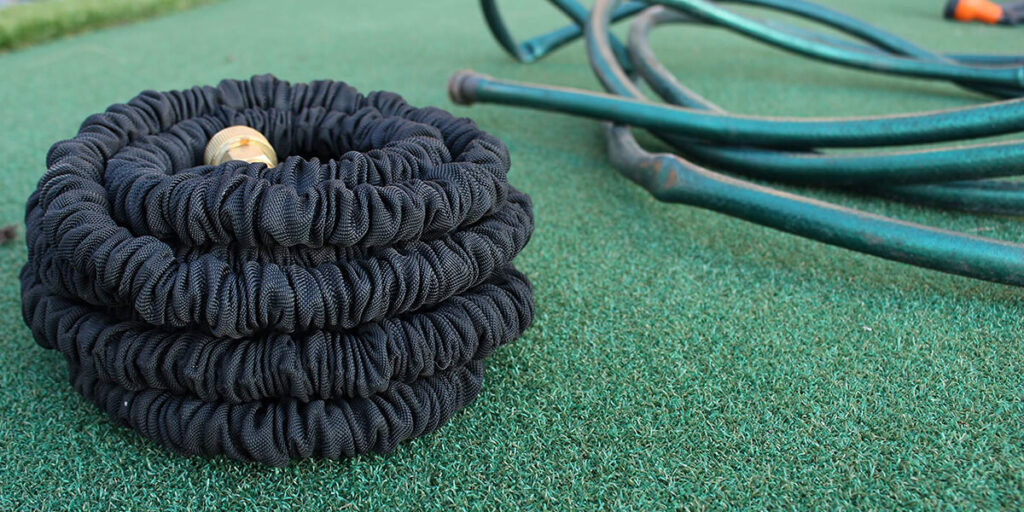
This is a rubber tube inserted into a nylon fabric cover, allowing it to stretch well to the desired length. Externally, it looks like an accordion. When water flow is turned on and pressure increases, the hose stretches without twisting or breaking.
the pressure decreases, it returns to its original size.Advantages of this hose include its light weight, while disadvantages include that it can only be used in areas with high water pressure.
Corrugated Hoses
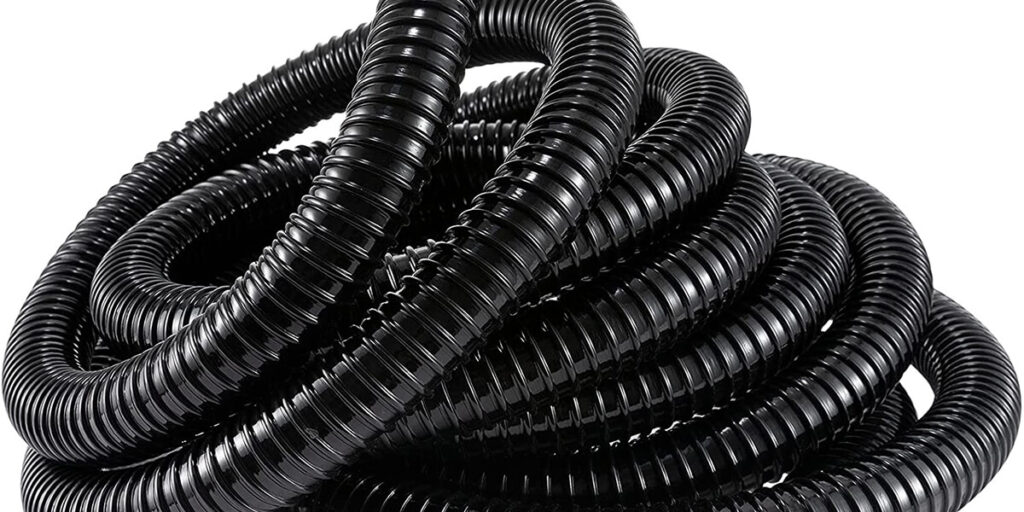
Water hoses made from light-thermostabilized polyethylene. They are suitable for irrigating crops in gardens, vegetable patches, and home plots.
Corrugated hoses are not suitable for frequent use because over time they may develop irregularities and punctures, and the corrugation promotes dirt accumulation on the walls.
Drip Hoses
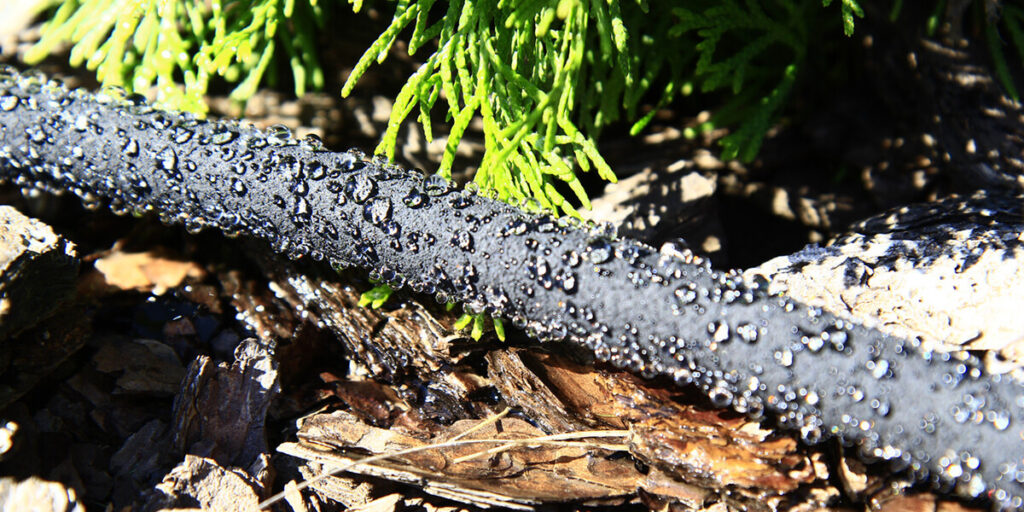
These tubes are made from rubber or polypropylene. The inner layer of the hose has a labyrinth for water flow, and the outer layer has densely placed holes along the entire length.
Drip hoses are an excellent option for economical localized irrigation of plants planted in rows. When using them, the soil is evenly saturated with moisture in the root zone of the plants. Therefore, watering can be done at any time of day without fear of burning the leaves.
Such hoses can be laid under agrotextile, as this woven mulching material allows moisture to pass through well. It is not recommended to use untreated water with drip hoses, because dirt will clog the tubes in such cases.
Sprinkler Hoses
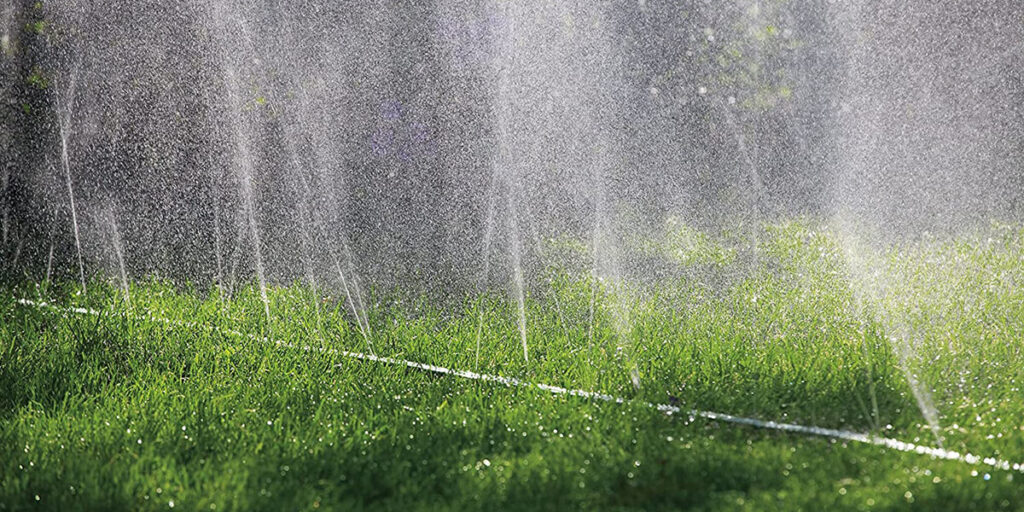
Tubes designed for watering plants with surface root systems. Like drip hoses, they are used for irrigating long vegetable beds.
Sprinkler hoses have a flat shape and feature nozzles for spraying water. Through these holes, a mist is created within a radius of several meters, which is why these tubes are also called mist hoses.
Flat Hoses or Lay-flat
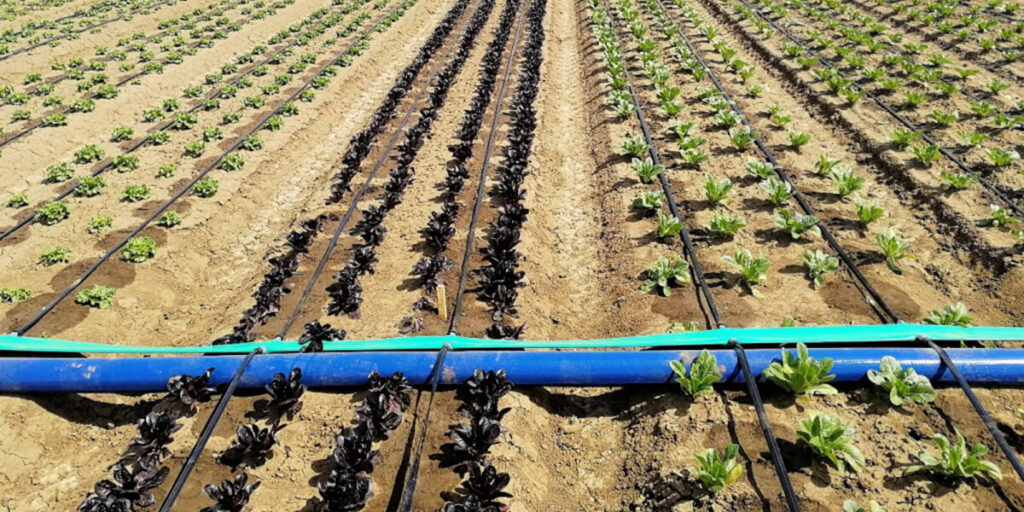
These hoses are intended for installing drip irrigation systems. They create water supply lines from the source to the irrigated area. Flat hoses are very elastic, soft, and resistant to ultraviolet rays.
Lay-flat hoses are made from environmentally friendly and high-quality materials. Due to their excellent flexibility, vehicles can drive over them. They are compatible with fittings, hoses, valves, and other drip irrigation equipment.
The only downside is that flat hoses are expensive, so they are not cost-effective for use on small plots.
Tips for Choosing a Hose
When choosing a hose, pay attention to its ability to withstand a certain water pressure. For example, if the water pressure in the pipeline is 2 bar, it is better to choose models with some margin, at least 4 bar. When using powerful pumps for irrigation, it is advisable to select more durable hoses.
The diameter of the hose plays an important role — the longer the hose, the smaller diameter should be chosen to maintain an acceptable water pressure. The standard hose diameter is 13 mm (1/2 inch). Popular models also have diameters of 3/4 inch (19 mm) and 5/8 inch (16 mm).
Note that the hose description may indicate the outer diameter instead of the inner diameter. But if you end up buying hoses of different sizes, they can be connected using a sleeve adapter.
When selecting nozzles, check the rubbing parts. They should be made of metal or durable plastic.
We do not recommend buying transparent hoses because they let sunlight through. This, in turn, can provoke mold growth inside the tube.
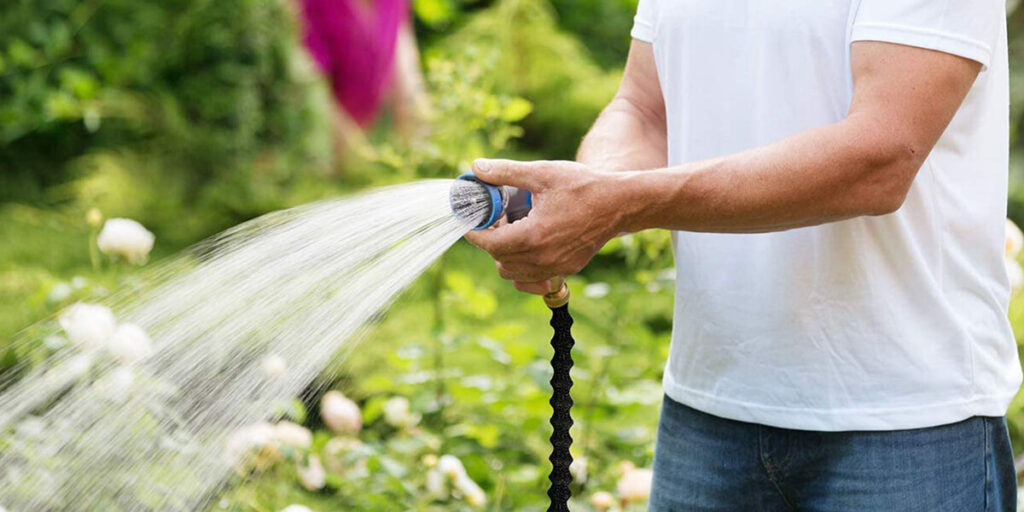
There is a wide variety of watering hoses available on the market. The final choice depends on the place of use and the water supply source.
If you have found a spelling error, please, notify us by selecting that text and pressing Ctrl+Enter.

